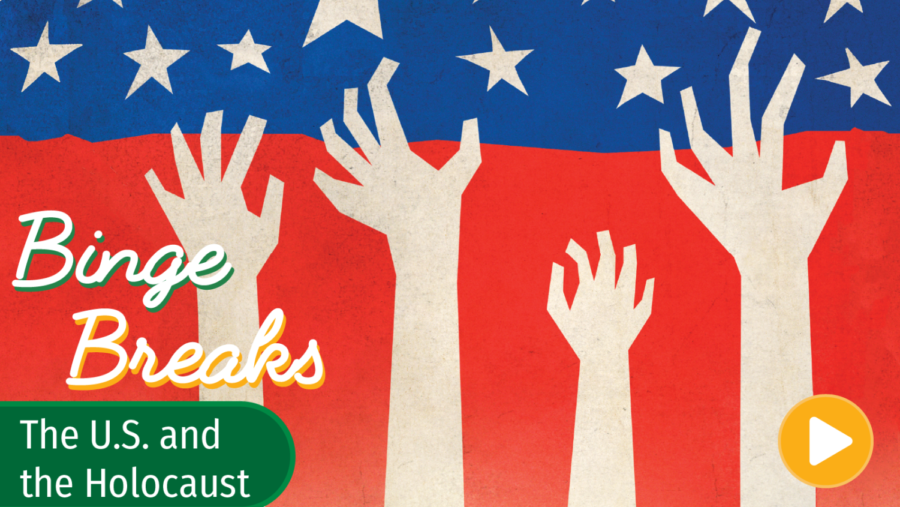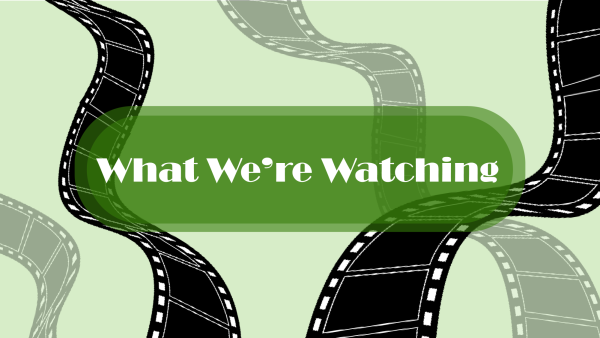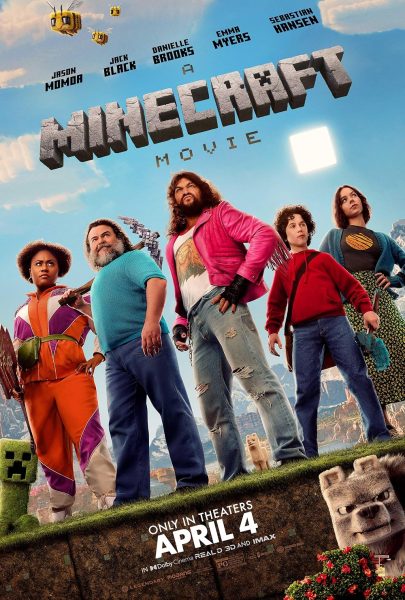Binge Breaks: “The U.S. and the Holocaust” is tragically moving
As a major history nerd, any docuseries or documentary almost automatically peaks my interest. Ken Burns is one of the most prolific directors and documentarians of all time; anything he puts out is bound to be worthy of praise and his most recent docuseries, “The U.S. and the Holocaust,” is no different.
While I was originally daunted by the sheer size of the series, as there are three episodes each around two hours long, the fact that the show was able to stream for free through the PBS app provided incentive to watch each installment.
The docuseries centers around America’s involvement, directly or indirectly, in the events of the Holocaust and Nazi Germany’s reign of terror. The overarching theme is based on Emma Lazarus’ poem etched on the Statue of Liberty, with episode titles taken from the poem.
A blend of interviews and commentary from historians and real Holocaust survivors creates the perfect balance of emotion and education. One of the interviews that struck me was Eva Geiringer, a woman who we learn was friends with Anne Frank, and whose mother married Otto Frank after surviving Auschwitz. Eva talked about the horrors of living in occupation and moving multiple times to assumed sanctuary only to be oppressed again as Germany’s territory expanded.
The story of her huddled on the train with her family to Auschwitz and being separated from her father and brother upon arrival, only to never see them again was heartbreaking.
Another firsthand account of the Holocaust was Guy Stern, who was the only one of his family to immigrate to America, hoping to secure sponsorship for his parents and two younger siblings. Stern even served in World War II for America and after liberating concentration camps and occupied countries did he learn that his entire family had been killed by the Nazis.
Stern’s story struck me deeply, as his bravery and selflessness time and time again was indescribably inspiring.
The story of European Jews and persecuted people desperate for escape only to be turned away by red tape in the United States is the rule, not the exception, of the story. Burns showcases this through brilliant storytelling complete with imagery, often graphic, to drive home his point.
The story of the immigrants, mostly Jewish, on the MS St. Louis, being turned away from refuge in America is the quintessential example of the lack of help provided for those seeking to flee Naziism. Unfortunately, much of America was focused on our own problems, and didn’t want to get involved in the problems of other nations. Additionally, our immigration system was beholden to strict quotas, limiting the amount of immigrants from any given country.
I think when covering a topic like the Holocaust, there is always so much that has already been said, presenting a challenge to create original angles. Burns met and exceeded that challenge, combining moving visuals and a balanced ratio of emotion and education. It’s wonderfully well done and explores more of a philosophical question about what could have been done.
“The U.S. and the Holocaust” brings a new perspective to one of the worst tragedies to ever be created. Its centering on America’s role adds a layer of heavier sadness that moves viewers, and teaches an important lesson in humanity and learning from our past mistakes.
Contact the writer: [email protected]

Emma is a senior Multimedia Journalism major and serves as both the Managing Editor and Opinion Editor for the Wood Word. She is also the main anchor for...









